Ask the rabbi
QUESTION: I recently attended a funeral and noticed the “black ribbons” on extended family. By that I mean they were being worn by grandparents, aunts and uncles and other relatives who do not sit shiva. Is that inappropriate? Secondly, I also heard at a different funeral the rabbi announce that anyone could join in the Kaddish in memory of the loved one who had passed as long as they had lost a parent. What is all that about?
ANSWER: You are absolutely correct. The people who cut kriyah, the cutting of one’s garment that one does at the time of the loss (or the black ribbon that one wears if one is more liberal) is performed only for shiva relatives. By shiva relatives I mean those loved ones that we lose for whom we sit shiva. That would include a spouse, a mother or father, son or daughter, and a brother or sister. Any other relatives even if we feel very close to them such as grandparents or grandchildren or aunts and uncles or in-laws are not officially mourned nor do we sit shiva for them. It would therefore be inappropriate for those people to wear black ribbons or cut their garments. Some liberal rabbis meaning well for the purpose of inclusion in trying to make the extended family feel better at such a time of sorrow often will include other members of the family in the “ribbon wearing.” Halachically, or according to Jewish law, that is inappropriate. Shiva is reserved for only those relatives for whom official mourning is dictated by Jewish law. As a matter of fact, very few of the mourning laws are found in the Torah. Ironically the laws of cutting one’s garment and whom one sits shiva for are found specifically spelled out in the Torah.
The saying of Kaddish is an entirely different subject. Kaddish is obligated in Jewish law only for a parent, a blood mother or father. Any other relative even if it is a shiva relative such as a brother or sister or spouse does not mandate the saying of Kaddish. Many individuals opt to say Kaddish for the full eleven months for a spouse or a brother or sister or other relatives. That is very meritorious but not mandated by Jewish law. One can say Kaddish for anyone as long as they are of the Jewish faith. We had a member of our congregation who said Kaddish for an entire eleven months for a close friend — that is what I call commitment! It needs to be spelled out however that all these examples of saying Kaddish for friends or distant relatives is by choice and not mandated by Jewish law.
If one understands a little bit of the history of the mourner’s Kaddish then perhaps I can more easily answer your question about Kaddish being reserved for those people who have lost a parent.
Originally the mourners Kaddish was known as “the orphan’s Kaddish.” In Hebrew it is still called that. The Kaddish was designed specifically for a pre-Bar Mitzvah youth to be able to say memorial prayers for his late parent. Since children could not lead services or do anything else that adult mourners could, the mourners Kaddish was created as a child’s prayer for their late parent. Knowing that we now understand that this Kaddish that we call the “mourners Kaddish” is really a Kaddish for someone who has lost a parent. It was only in later years the the saying of Kaddish for other relatives was added.
Because of that the tradition developed that one does not say Kaddish if one’s mother or father are both still living out of respect to them. An exception is made if one asks permission of both one’s mother and father that they do not object to one’s saying Kaddish, it can then be recited.



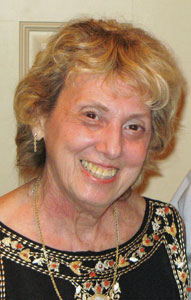 Jerusalem — All week we had been watching with horror the scenes on television and reading about the Carmel fire in the newspapers, the 10,465 acres destroyed and 43 victims.
Jerusalem — All week we had been watching with horror the scenes on television and reading about the Carmel fire in the newspapers, the 10,465 acres destroyed and 43 victims.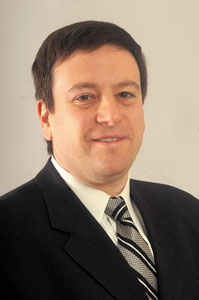 At least monthly people walk into my congregation, The New Reform Temple in Kansas City, Mo., and tell me they have never been inside the building before. Some are newcomers to Kansas City, some have lived here their whole lives. I am sometimes amazed at how little most of us know about other congregations as well as Jewish Kansas City sites and personalities in our area.
At least monthly people walk into my congregation, The New Reform Temple in Kansas City, Mo., and tell me they have never been inside the building before. Some are newcomers to Kansas City, some have lived here their whole lives. I am sometimes amazed at how little most of us know about other congregations as well as Jewish Kansas City sites and personalities in our area.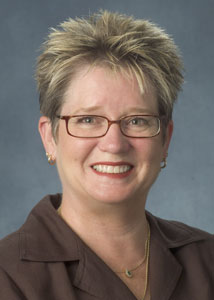 Mental illness isn’t fun. And, nothing in my 56 years of experience prepared me for dealing with mental illness when it struck my family. Seemingly out of the blue, our loved one’s puzzling behavior began disrupting our lives in ways we could have never imagined. It took us more than seven years to untangle the fact that she was suffering from anxiety, depression and obsessive compulsive disorder, all of which had been triggered by post-traumatic stress disorder that had emerged during her college years. Compounded by addiction to prescription drugs, our loved one’s journey took literally dozens of specialists to discover her underlying illnesses and find adequate resources to develop a path to recovery.
Mental illness isn’t fun. And, nothing in my 56 years of experience prepared me for dealing with mental illness when it struck my family. Seemingly out of the blue, our loved one’s puzzling behavior began disrupting our lives in ways we could have never imagined. It took us more than seven years to untangle the fact that she was suffering from anxiety, depression and obsessive compulsive disorder, all of which had been triggered by post-traumatic stress disorder that had emerged during her college years. Compounded by addiction to prescription drugs, our loved one’s journey took literally dozens of specialists to discover her underlying illnesses and find adequate resources to develop a path to recovery.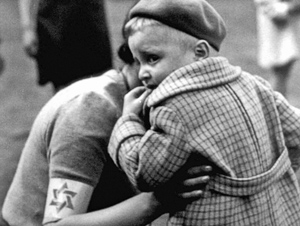 It seems like the topic of the Holocaust has been extensively covered by books and movies from every possible angle. The voluminous amount of information may have some people saying enough already. To refute that notion Israeli female filmmaker Yael Hersonski brings something both old and new to the table with "A Film Unfinished," a powerful documentary that exposes the false perception of reality conveyed by a Nazi propaganda film of life for the Jews trapped inside the walls of the Warsaw Ghetto in May 1942. It opens today for a limited engagement exclusively at the Glenwood Arts.
It seems like the topic of the Holocaust has been extensively covered by books and movies from every possible angle. The voluminous amount of information may have some people saying enough already. To refute that notion Israeli female filmmaker Yael Hersonski brings something both old and new to the table with "A Film Unfinished," a powerful documentary that exposes the false perception of reality conveyed by a Nazi propaganda film of life for the Jews trapped inside the walls of the Warsaw Ghetto in May 1942. It opens today for a limited engagement exclusively at the Glenwood Arts.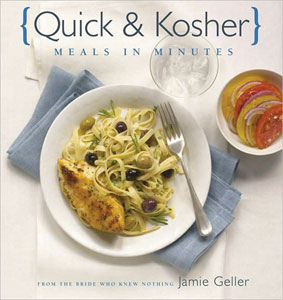 "Quick & Kosher: Meals in Minutes" by Jamie Geller (Feldheim Publishers, $34.99 hardcover, December 2010)
"Quick & Kosher: Meals in Minutes" by Jamie Geller (Feldheim Publishers, $34.99 hardcover, December 2010)